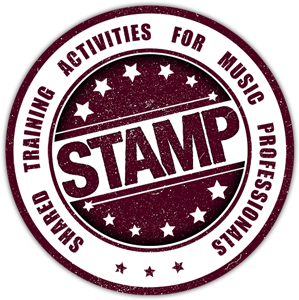| As Kodály once said (free translation): “Music is food for the soul and it cannot be substituted with anything else. If one doesn’t live on it, he/she will live and die of anaemia of his/her soul. There are regions of the soul, that only music could enlighten.” The Output no. 4. of the STAMP project looks at different methods of Social Inclusion of Disadvantaged Youth through the Means of Music. The Output has been designed by the Cyprus Centre for Research and Study of Music, in short CCRSM and Jeunesses Musical Hungary, in short JMH, to inspire music teachers, community workers, therapists and other professionals working in the field of social inclusion through musical activities. As such it serves as learning and teaching “handbook“ for musical professionals presenting different methods about how music it can help educators, trainers and disadvantaged youth to deal with various forms of disadvantage or disaffect, through and with musical processes, forms and structures in order to improve youth inclusion in society and in various micro social contexts. The approaches, methods and strategies take different perspectives: some of them highlight therapeutic effects that music can have on young people, while others put musical expression and artistic development of children in the focus. In section Two there is one study which proposes a framework on multiculturalism and interculturalism in music education and offers integrated activities with musical identities, flow and empathy another one which focuses on creative movement and confidence and resilience building and a third one which offers ideas, strategies and the description of a workshop from informal musical learning and ear playing. Where JMH collected existing methods as good examples from which professionals can learn, CCRSM has developed three methodologies in the frame of the STAMP project. In the present collection, articles providing some general introductions to the concept of social inclusion and offering interesting further reading on music therapy complete the methods and case studies. |

